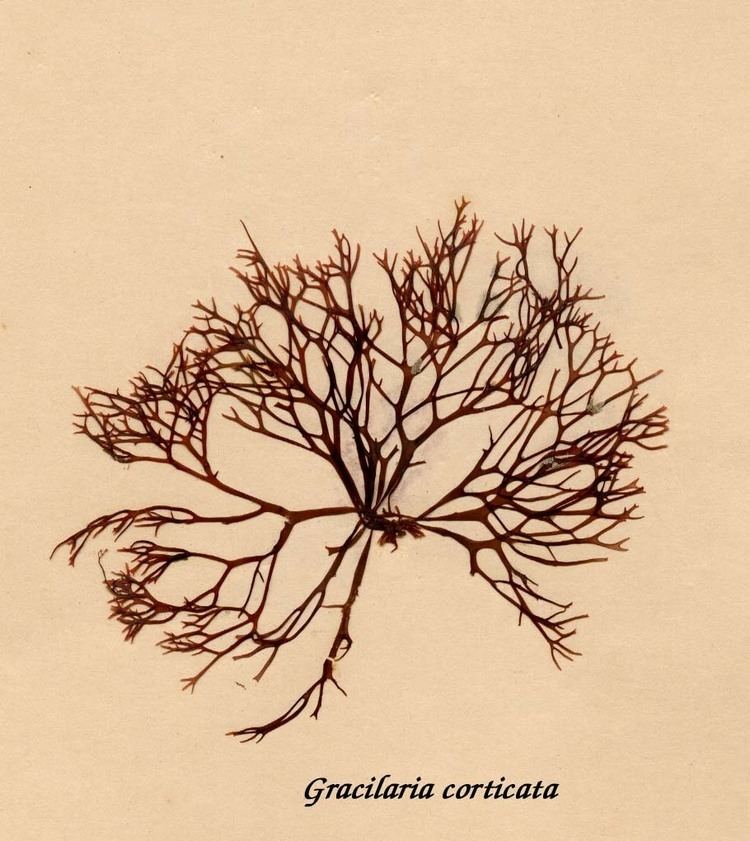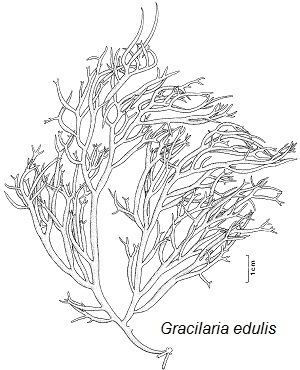Domain Eukaryota Order Gracilariales Scientific name Gracilaria Rank Genus | Family Gracilariaceae Higher classification Gracilariaceae | |
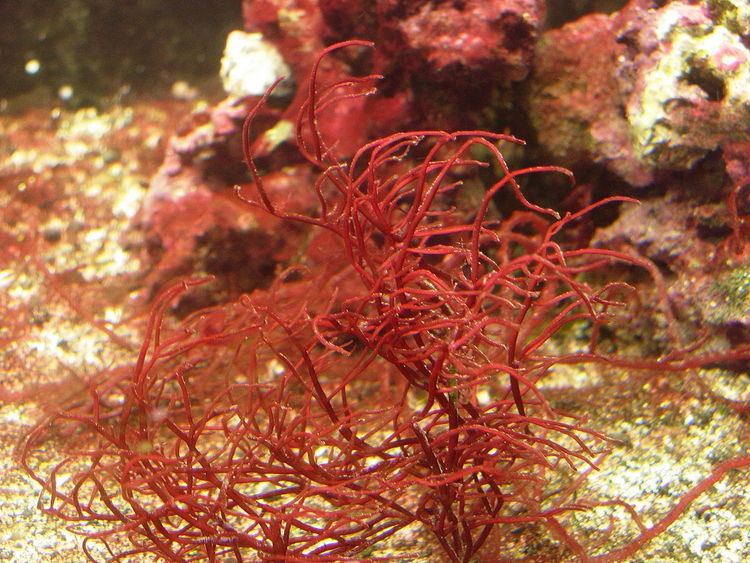 | ||
Similar Sea lettuce, Seaweed, Caulerpa, Agar, Irish Moss | ||
Gracilaria sp at kovalam beach
Gracilaria is a genus of red algae (Rhodophyta) notable for its economic importance as an agarophyte, as well as its use as a food for humans and various species of shellfish. Various species within the genus are cultivated among Asia, South America, Africa and Oceania.
Contents
- Gracilaria sp at kovalam beach
- Integrated marine cultivation of gracilaria chilensis
- Distribution
- Use
- Aquarium Trade
- References
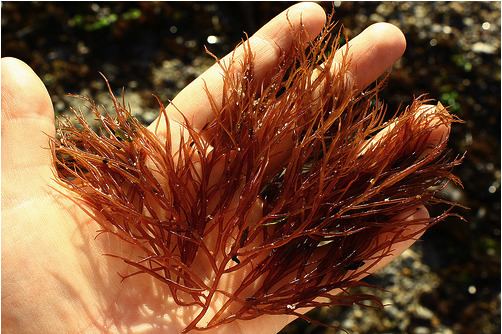
Integrated marine cultivation of gracilaria chilensis
Distribution
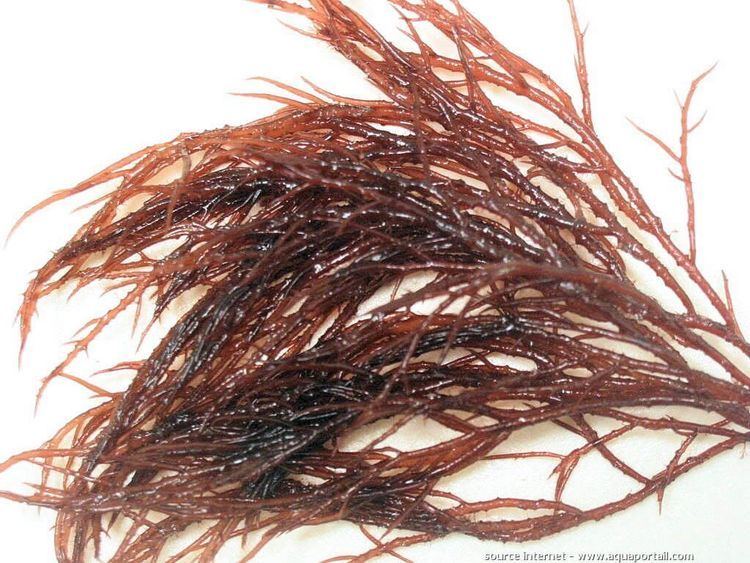
Gracilaria bursa-pastoris [S.G.Gmelin] Silva and Gracilaria multipartita [Clemente; Harvey] have long been established in southern England and northwestern France, but confusion between Gracilaria gracilis [Stackhouse; Steentoft, L.Irvine & Farnham] and Gracilariopsis longissima [S.G.Gmelin; Steentoft, L.Irvine & Farnham], (as Gracilaria verrucosa [Hudson; Papenfuss] or Gracilaria confervoides [(L.)Greville; Steentoft et al. 1995]), has prevented the recognition of the northern boundaries.
Use
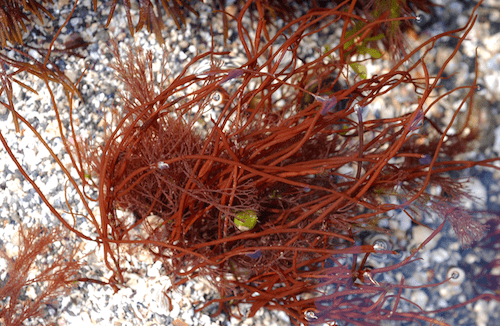
Gracilaria is used as a food in Japanese, Hawaiian, and Filipino cuisine. In Japanese cuisine, it is called ogonori or ogo. In the Philippines, it is called gulaman and used to make gelatin, also called gulaman. In Jamaica, it is known as Irish moss. Gracilaria oligosaccharides with degree of polymerization 6 prepared by agarase digestion from agar-bearing Gracilaria sp. polysaccharides have been shown to be an effective prophylactic agent during in vitro and in vivo experiments against Japanese encephalitis viral infection. The sulfated oligosaccharides from Gracilaria sp. seem to be promising candidates for further development as antiviral agents.
Aquarium Trade
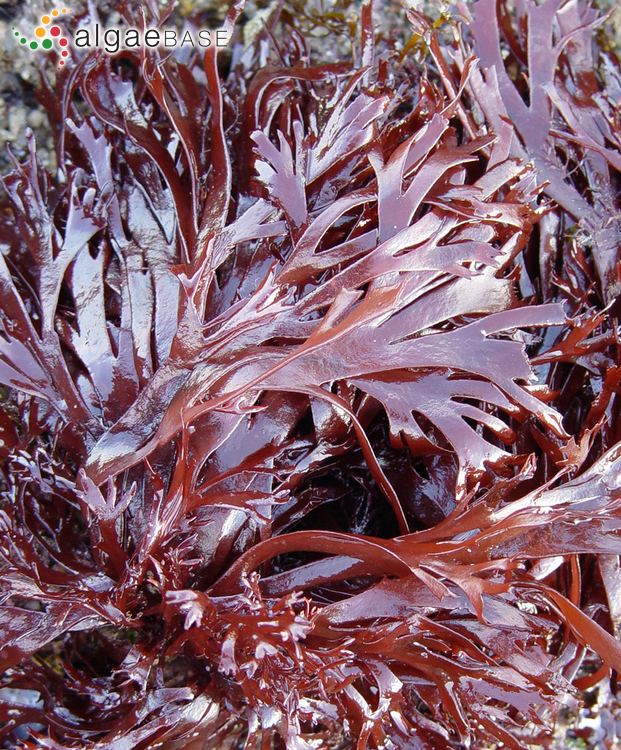
Gracilaria commonly appears as a macroalgae for sale in the aquarium trade. It is a highly palatable algae to tangs and many other herbivorous fish, and its nutrient uptake ability makes it a suitable choice for a refugium.
